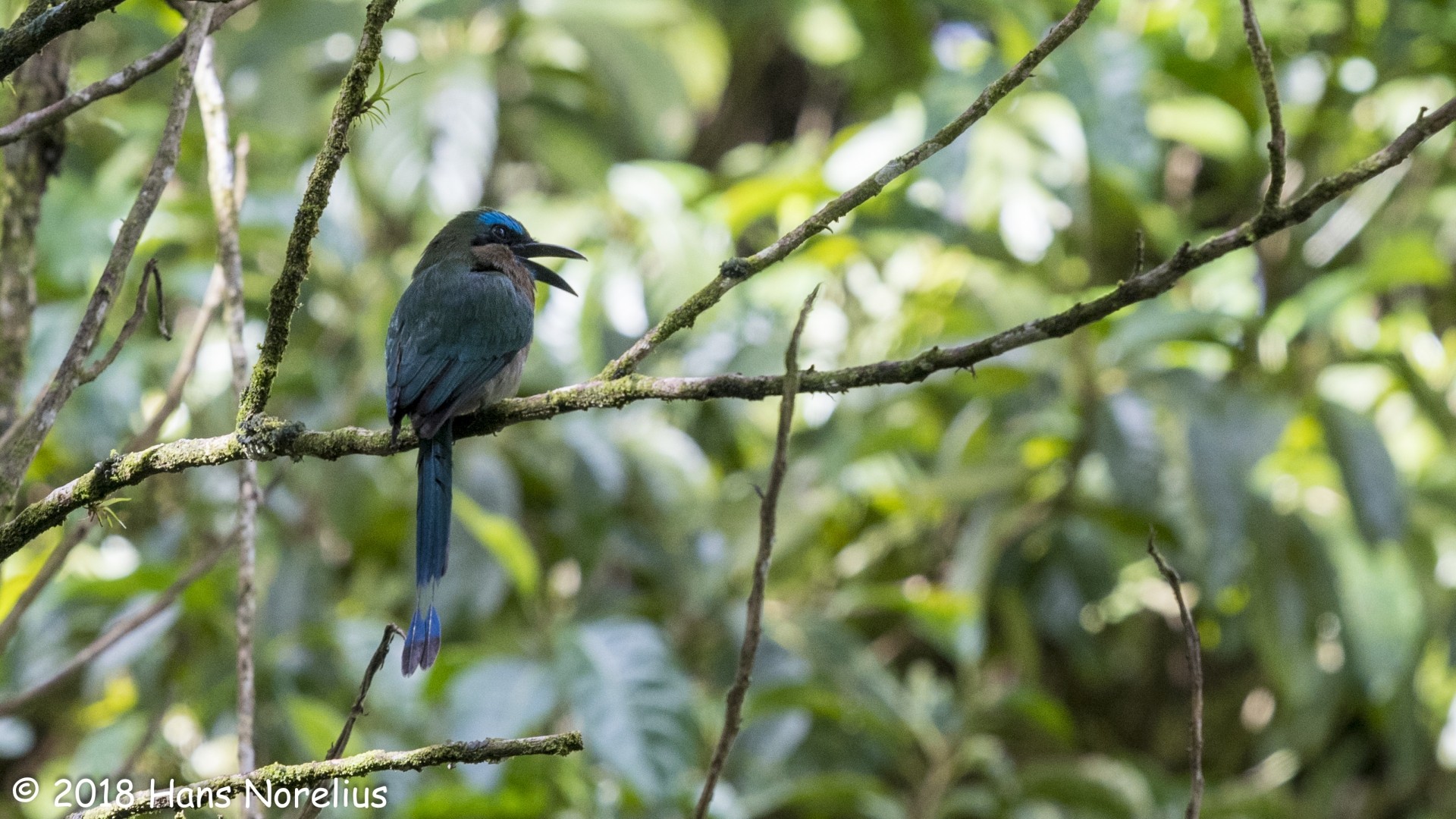Keel-billed Motmot
A species of Broad-billed and Keel-billed Motmots Scientific name : Electron carinatum Genus : Broad-billed and Keel-billed Motmots
Keel-billed Motmot, A species of Broad-billed and Keel-billed Motmots
Botanical name: Electron carinatum
Genus: Broad-billed and Keel-billed Motmots
Content
Description General Info
Description
The keel-billed motmot (Electron carinatum) is a species of bird in the motmot family Momotidae. It is very closely related to the broad-billed motmot, and the two may be the same species. The two are similar sizes and shapes, and have been reported to have similar calls, but they do have different plumage. It is found in Belize, Costa Rica, Guatemala, Honduras, Nicaragua, and Mexico. Its natural habitats are tropical moist lowland forests and tropical moist montane forests. The species is generally found below 750 m (2,460 ft), but in Honduras it can be found up to 1,550 m (5,090 ft). The keel-billed motmot is a smallish member of the family, measuring 30.5 to 38 cm (12.0–15.0 in), with males weighing 68 g (2.4 oz). The plumage is green overall, olive-cinnamon green below. The forehead is reddish, with a black mask on the face and a blue stripe above the eye. The chin is turquoise, and there is a black spot on the chest. The bill is long, broad and slightly serrated. The long tail ends in a pair of raquettes. Very little is known about the behaviour of this species. They hawk for insects from a perch, in the manner typical of the family, hawking for insects from a perch. All that is known about their breeding behaviour is that males have been heard making territorial calls between January and March, and that nesting burrows have been found in the banks of streams and, in Belize, in the sides of unexcavated Mayan ruins. It is threatened by rapid loss of its fragmented forest habitat. The species requires large tracts of undisturbed primary forest, which is being cleared for cultivation. The largest population is thought to be in Belize. The species is absent from many areas that appear to provide suitable habitat. The species was thought to be extinct in Mexico, but was rediscovered in 1995. The species is listed as Vulnerable by the IUCN. 
Size
38 cm
Nest Placement
Cavity
Feeding Habits
Keel-billed Motmot, a Keel-billed Motmot, predominantly consumes insects, employing specific foraging techniques that adapt to their arboreal habitat. This bird might also display unique feeding times and preferences. Detailed behaviors remain subject to further observation.
Habitat
The keel-billed Motmot predominantly resides in humid evergreen forests, favoring regions characterized by steep-sided gulleys and streams. While it's found in lowland forests and foothills, it generally occupies elevations below 760 meters, although it can be found up to 1555 meters in some areas. These habitats span across broader geographical regions in Central America.
Dite type
Insectivorous
